Strawberry Begonia: Grow & Care for Saxifraga Stolonifera
Written by Iris
Dec 14 2022
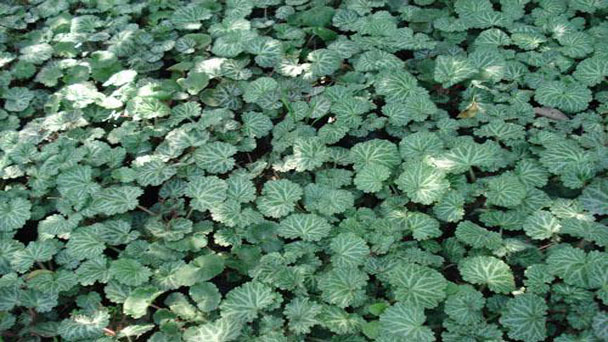
Strawberry Begonia (Saxifraga Stolonifera) is a perennial plant. Due to its cold tolerance and shade preference, it is often grown as a houseplant. The aesthetic value of this plant comes from its round, hairy green leaves, although it also blooms. With proper care, strawberry begonias can survive for several years in outdoor gardens. The name of Strawberry Begonia is a bit misleading. This plant neither produces any fruit, nor is it actually a begonia. When placed indoors, strawberry begonias are usually placed in a hanging basket. Proper maintenance of strawberry begonias is very important to ensure their longevity. This article will introduce the precautions for growing and caring.
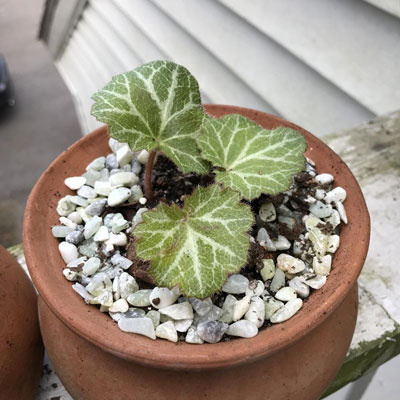
Also Read: 10 Best Ground Cover Plants for Shade in Your Yard
Late spring or early autumn will be creeping on the small plants cut, concentrated in shallow culture pot, one plant per pot, covered with glass or plastic film, pay attention to maintain a high humidity, until the root system developed and then planted in a small pot. We also can divide plantlets directly in a small pot, pour water permeable, and place in a damp place, about 2 weeks can restore growth. If planted in the rock garden, it can be planted in the north of the rock, in order to avoid direct sunlight. If potted, each potted seedling can be suspended in front of the window under the eaves, letting its creeping drooping.Water should be sprayed frequently to improve the ambient humidity. Burning hot season should be placed in a ventilated cool place, controlling moisture.
After the recovery of growth in autumn, it is necessary to increase watering and apply thin liquid fertilizer 2 times a week. Fertilizer should be applied under the leaves to avoid staining the foliage and affecting growth.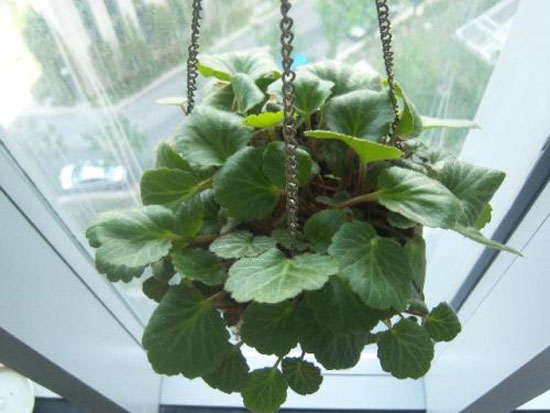
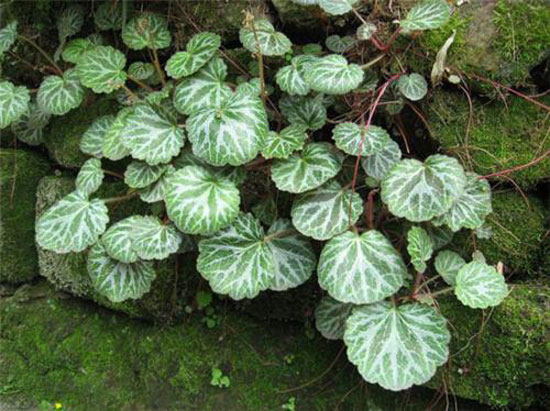
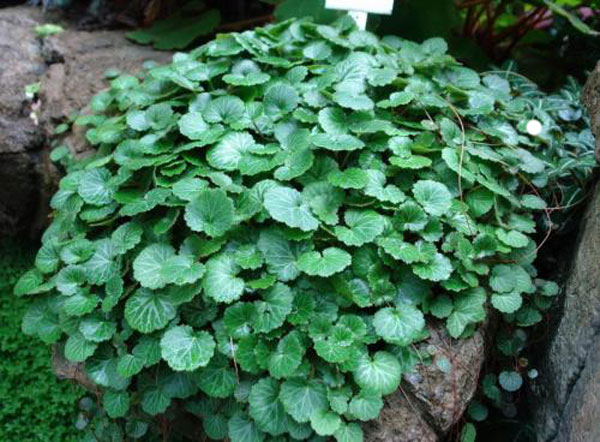
Where to Grow Strawberry BegoniaHow to Grow Strawberry BegoniaStrawberry Begonia Propagation with SeedsStrawberry Begonia Propagation with DivisionHow to Care for Strawberry BegoniaStrawberry Begonia Lighting RequirementsStrawberry Begonia Soil CareStrawberry Begonia WateringStrawberry Begonia Temperature & Humidity CareStrawberry Begonia FertilizerStrawberry Begonia PruningStrawberry Begonia Pests & Diseases CareVarieties of Strawberry BegoniaSpider PlantFicus ZZ PlantStrawberry Begonia Care FAQWhy Does the Strawberry Begonia Bottom Leaf Turn Yellow?Why My Strawberry Begoniat has Crisped Foliage with Brown Leaf-edges?
Where to Grow Strawberry Begonia
Grow strawberry begonia plants in a brightly lit area, such as an east or west window not blocked by outdoor trees. This plant likes cool temperatures: 50 to 75℉. (10-24 ℃). Often you'll find strawberry begonia plants growing as an outdoor ground cover, where it is hardy in USDA Zones 7-10. This is a good place to get a start for an indoor plant.
How to Grow Strawberry Begonia
Strawberry Begonia Propagation with Seeds
- Spring seed selection
- Configuration basin soil
- Sowing propagation
- Management measures after sowing propagation
Also Read: 10 Best Ground Cover Plants for Shade in Your Yard
Strawberry Begonia Propagation with Division
Strawberry Begonia division propagation in spring, summer, fall and winter, but the winter is colder and the summer is hotter, with the spring and autumn being the best.Late spring or early autumn will be creeping on the small plants cut, concentrated in shallow culture pot, one plant per pot, covered with glass or plastic film, pay attention to maintain a high humidity, until the root system developed and then planted in a small pot. We also can divide plantlets directly in a small pot, pour water permeable, and place in a damp place, about 2 weeks can restore growth. If planted in the rock garden, it can be planted in the north of the rock, in order to avoid direct sunlight. If potted, each potted seedling can be suspended in front of the window under the eaves, letting its creeping drooping.Water should be sprayed frequently to improve the ambient humidity. Burning hot season should be placed in a ventilated cool place, controlling moisture.
After the recovery of growth in autumn, it is necessary to increase watering and apply thin liquid fertilizer 2 times a week. Fertilizer should be applied under the leaves to avoid staining the foliage and affecting growth.

How to Care for Strawberry Begonia
Strawberry Begonia Lighting Requirements
This plant does best in a bright window, but does not like direct sunlight. Placing it in a west or east facing window is best as long as the area doesn't get too hot or too dry. In short, the strawberry begonia likes bright light and coolish temperatures.Strawberry Begonia Soil Care
Strawberry begonia plants prefer to be housed in lightweight, fast-draining potting soil. It should be moist, but not stay waterlogged.Strawberry Begonia Watering
If the top of soil in the strawberry begonia plant are still moist, do not water. When the top few inches dry out, water a Strawberry Begonia until water comes out the bottom drip holes. A Strawberry Begonia Plant needs less water in the fall and winter when it is resting. Always water a Strawberry Begonia from the bottom so no water collects on the hairs of the leaves.Strawberry Begonia Temperature & Humidity Care
Strawberry begonia plants prefer to be cool rather than hot; in order for your plant to thrive, aim to keep its surrounding environment between 50 ℉ and 75℉. Your plant will not thrive if it's hot, so be sure to move your begonia to a cooler space. When it comes to humidity, strawberry begonia plants can thrive in moderate to high humidity, but will not need most average levels increased in the home.Strawberry Begonia Fertilizer
Fertilise every four waters during the growing period before reducing this to every six in the autumn & winter. Although an 'All-Purpose' fertiliser will still do the job, we'd recommend using a specific 'Houseplant' labelled fertiliser as it'll support the vital thirteen nutrients that this species will need to grow.Strawberry Begonia Pruning
Remove yellow or dying leaves, and plant debris to encourage better-growing conditions. While pruning, always use clean scissors or shears to reduce the chance of bacterial and fungal diseases. Never cut through yellowed tissue as this may cause further damage in the likes of diseases or bacterial infections. Remember to make clean incisions as too-damaged wounds may shock the plant, causing weakened growth and a decline in health.Strawberry Begonia Pests & Diseases Care
Keep an eye out for mealybugs, aphids, spider mites, fungus gnats & whitefly. Common diseases associated with this species are root rot, red leaf-spot, heart rot, botrytis & southern blight - click here to learn more about these issues.
Varieties of Strawberry Begonia
Spider Plant
Team spider plant and strawberry begonia in neighboring hanging baskets for a curtain of color. (Find more best indoor hanging plants here.)Ficus
Strawberry Begonia makes a great ground cover under tall ficus trees such as Burgundy Rubber tree.ZZ Plant
The upright stems and shiny foliage of ZZ plant are the perfect complement for Strawberry Begonia.
Strawberry Begonia Care FAQ
Why Does the Strawberry Begonia Bottom Leaf Turn Yellow?
Yellowing lower leaves could be a sign of irrigation abuse, but equally is a byproduct of maturity. If the older leaves rapidly become yellow in quick succession, both under, or over-watering could be to blame. People don't realise that a plant's root system needs access to oxygen too; when soil is watered, the air will travel upwards and out of the potting mix. A lack of accessible oxygen for the roots will cause them to subsequently breakdown over the oncoming days. If yours is a victim of neglect, create a watering schedule to avoid forgetfulness in the future.Why My Strawberry Begoniat has Crisped Foliage with Brown Leaf-edges?
Crisped foliage with brown leaf-edges is the result of too little water and potential over-exposure to the sun. Strawberry Begonia are best located in bright settings, with those that haven't acclimatised to the harsh rays may show signs of sun-scorch and environmental shock. A splash of morning sunlight is acceptable as long as the soil moisture is regularly observed, once the introductory period has elapsed.Latest Updated
- Benefits of Bugleweed - 7 Science-backed Health Benefits
- Bugleweed Dangers & Side Effects - Is It Poisonous?
- How to Plant Evergreen Trees - What You Should Know
- When to Plant Evergreens - Grow Guide for Evergreen Trees
- 12 Wonderful Evergreen Shrubs for Your Garden
- 12 Popular Evergreen Plants with Pictures for Beginners
- When And How To Prune A Lilac Bush Like a Pro
- How to Grow & Care for Lilac Vine (Hardenbergia Violacea)
- Japanese Lilac Tree (Syringa Reticulata) Care & Propagation Guide
- Shumard Oak Pros and Cons - What to Know
Popular Articles
- Winter maintenance of Antirrhinum Majus
- How to Grow Terminalia Mantaly Tree
- How to Grow and Care for Crossostephium Chinense
- How to grow Antirrhinum Majus in spring
- Peristeria Elata (Dove Orchid) Profile: Info & Care Guide
- Underwatered Snake Plant (Sansevieria Trifasciata) - Signs And How To Fix
- How to Care for Brazilian Jasmine Plant (Mandevilla Sanderi)
- How to Grow & Care for Graptopetalum Purple Delight in Summer
- Rosa Chinensis (China Rose): Plant Growing & Care Tips
- How to Care for Baby Sun Rose (Aptenia Cordifolia)